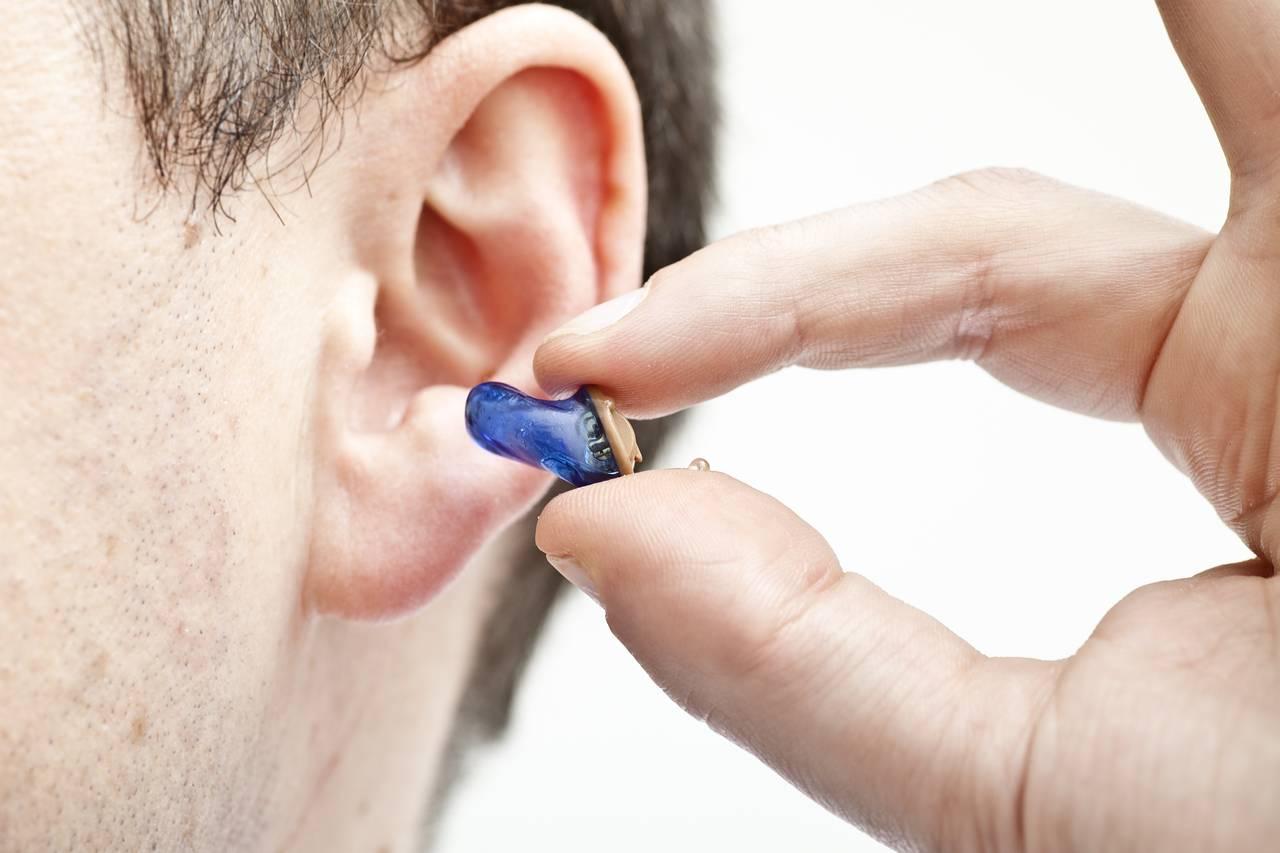Hearing Aids Market Expansion Driven by Technological Advancements and Increased Awareness of Hearing Health

The global hearing aids market is a vibrant and fast-evolving sector within the broader healthcare and medical devices industry. Driven by technological innovations, rising awareness of hearing health, demographic shifts, and regulatory changes, the market has entered a phase of steady and significant growth. In this article, we provide a detailed analysis of the hearing aids market its current landscape, key factors influencing growth, competitive dynamics, challenges, and future outlook.
Market Overview
The hearing aids market was valued at approximately $10 billion in 2023, and forecasts suggest it could reach $14–15 billion by 2030, growing at a compound annual growth rate (CAGR) of around 5%. The market comprises various types of devices, including:
-
Behind-the-Ear (BTE) hearing aids
-
In-the-Ear (ITE) hearing aids
-
Receiver-in-Canal (RIC) models
-
Completely-in-Canal (CIC) and Invisible-in-Canal (IIC) devices
Digital technology dominates the sector, with analog hearing aids becoming increasingly rare. The ongoing integration of artificial intelligence, wireless connectivity, and rechargeable batteries has fundamentally shifted consumer expectations.
Key Growth Drivers
Several factors are supporting the upward trajectory of the hearing aids market:
1. Aging Population
Globally, the population aged 60 and older is growing faster than any other age group. Age-related hearing loss (presbycusis) affects approximately one-third of people over 65. As life expectancy rises worldwide, the demand for hearing aids is expected to grow correspondingly.
2. Technological Innovations
Modern hearing aids are no longer just amplifiers. With AI-driven sound processing, Bluetooth streaming, telehealth services, and smartphone integration, today’s devices offer a far superior user experience. These innovations not only improve performance but also enhance user satisfaction and drive adoption.
3. Regulatory Changes
The approval of over-the-counter (OTC) hearing aids in the U.S. by the FDA has democratized access to hearing care. Consumers with mild to moderate hearing loss can now purchase devices directly, bypassing the traditional and often costly medical channels. This change is expected to boost market volume and lower average prices.
4. Rising Awareness and Early Intervention
Public campaigns and healthcare initiatives are improving awareness about the importance of hearing health. Early diagnosis and treatment of hearing loss are becoming more common, especially as links between hearing loss, cognitive decline, and mental health receive more attention.
Competitive Landscape
The hearing aids market is highly competitive, dominated by a few key players:
-
Sonova Holding AG (brands like Phonak and Unitron)
-
Demant A/S (brands like Oticon and Bernafon)
-
GN Store Nord A/S (ReSound)
-
WS Audiology (Signia, Widex)
-
Starkey Hearing Technologies
These companies invest heavily in research and development, constantly pushing for smaller, smarter, and more energy-efficient devices. Meanwhile, consumer electronics companies like Bose and Sony have entered the OTC segment, increasing competition and innovation.
Partnerships with audiology clinics, investments in direct-to-consumer models, and expansion into emerging markets are common strategies among top players.
Regional Insights
-
North America holds the largest market share, driven by strong healthcare infrastructure, high awareness levels, and regulatory support for OTC hearing aids.
-
Europe follows closely, with aging populations in Germany, Italy, and the UK driving consistent demand.
-
Asia-Pacific is the fastest-growing region, particularly in China, Japan, and India, where rising incomes and improving healthcare systems are boosting adoption.
-
Latin America and Africa are still emerging markets, but represent long-term growth potential as awareness and healthcare access improve.
Challenges Facing the Market
Despite robust growth prospects, the hearing aids market faces several challenges:
1. High Costs
Premium hearing aids can cost thousands of dollars, putting them out of reach for many. Although OTC options are helping, affordability remains a major issue, especially in emerging economies.
2. Stigma
While improving, social stigma around wearing hearing aids still prevents many, especially younger individuals, from seeking help early.
3. Limited Access to Hearing Care
In many parts of the world, especially rural and developing areas, access to qualified audiologists and hearing care services remains limited.
4. Technical Limitations
Even the best hearing aids struggle in extremely noisy environments or challenging acoustic conditions, meaning there is still room for technological improvement.
Future Outlook
The hearing aids market is poised for continued growth, powered by several future trends:
-
Health Integration: Hearing aids increasingly feature health-tracking capabilities such as heart rate monitoring and fall detection.
-
Personalization: AI will enable hyper-personalized hearing experiences based on real-time environments and user preferences.
-
Sustainability Focus: Eco-friendly devices and recyclable materials will become more important as consumer expectations shift toward greener products.
-
Expanding Access: Greater regulatory support and mobile health (mHealth) innovations will make hearing care more accessible globally.
Conclusion
The hearing aids market is navigating a period of dynamic change, fueled by innovation, demographic trends, and regulatory reforms. While challenges remain, the outlook is overwhelmingly positive. Companies that embrace emerging technologies, prioritize user-centric design, and address affordability and accessibility issues will be best positioned to thrive in the years ahead.
- Art
- Causes
- Crafts
- Dance
- Drinks
- Film
- Fitness
- Food
- Games
- Gardening
- Health
- Home
- Literature
- Music
- Networking
- Other
- Party
- Religion
- Shopping
- Sports
- Theater
- Wellness


